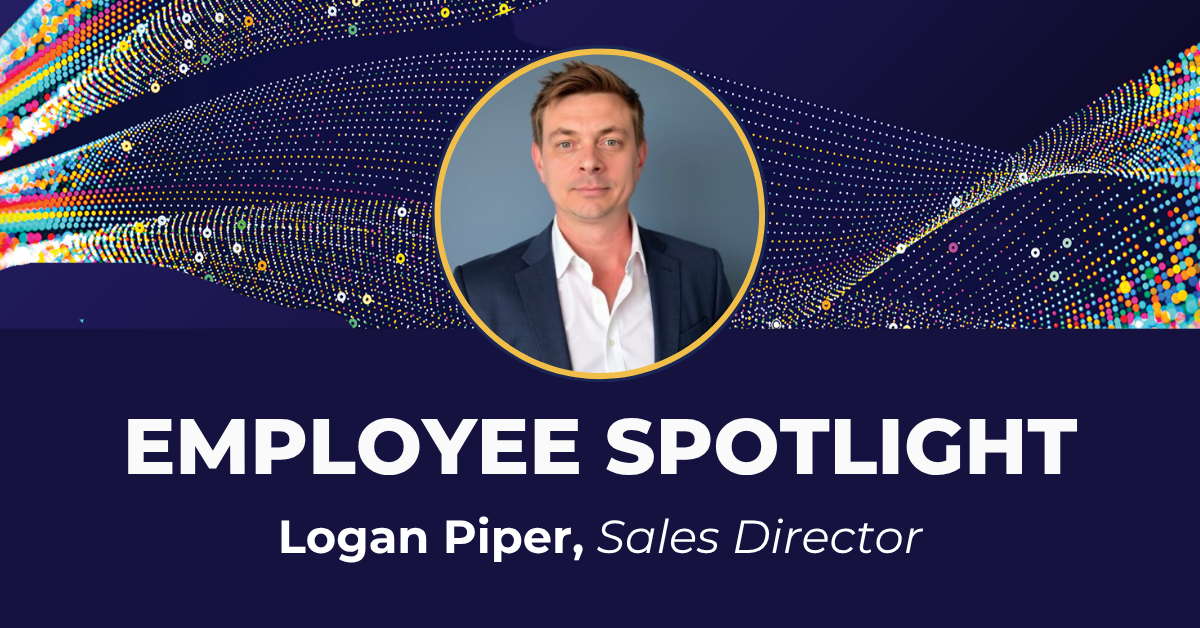What is your role at Siepe? How did you find out about Siepe? And can you tell us about your background?
I’m a Sales Director at Siepe, helping bring our platform and managed services to credit and alternative asset managers. I’ve been around the CLO and private credit space since 2012 — long enough to see how quickly technology expectations have evolved.
I first heard about Siepe through Paul Livanos, who I worked with before. When the timing lined up, it was an easy decision to join and be part of what the team’s building.
I started my career on the analyst side at Credit Suisse, then spent six years at a large credit & CLO manager, where I helped build compliance and risk reporting for the CLO platform. That’s where I really got hooked on the tech side of credit markets. Since 2018, I’ve been focused on fintech and data for credit managers, so joining Siepe felt like a natural next step.
What does success look like for you and your team when working with clients, both new and long-term?
Success starts with making clients’ lives easier — but real success is when our platform becomes part of how they run their business. It’s not just solving one issue; it’s helping them uncover new ways to scale and be more efficient.
The best moments are when a client starts with one Siepe product, sees the value, and then wants to expand or even co-develop new ideas with us. That’s when you know you’ve moved from vendor to partner.
What are the biggest challenges you see clients facing in today’s credit and loan markets, and how does Siepe help address them?
Most managers are still battling legacy systems that don’t talk to each other — spreadsheets, aging OMSs, manual workarounds. That creates silos, key-person risk, and inconsistent numbers.
Siepe helps by unifying front-, middle-, and back-office data into one golden source of truth. Once the data’s centralized and clean, everything else — reporting, compliance, analytics — gets faster and more reliable.
How has the sales approach in financial technology evolved over the past few years as the industry becomes more complex and data-driven?
It’s become a lot more strategic. Ten years ago, you could sell a single point solution and be done. Now, clients want to see how it all connects.
My job today is as much about advising as selling. I spend a lot of time helping firms think through their broader architecture and how to future-proof it. Sales has become more of an ongoing partnership than a one-time transaction.
Are there opportunities or trends in the market that you think business leaders are overlooking?
Data strategy, hands down. So many firms treat it as an afterthought, but nearly every downstream pain point — reporting issues, scalability, audit challenges — traces back to fragmented data.
If firms fix the data layer first, everything else gets easier. I also think leaders could revisit their tech stacks more often. The pace of change is wild — what was “best in class” three years ago might already be outdated.
Are there any exciting initiatives you’re working on that you can share? Looking ahead, where do you see the biggest opportunities for Siepe to grow and differentiate in the market?
I’m really excited about the front-office optimization tools we’re developing, led by Sean Kelly on our product team. Having spent years in that space, it’s been fun to help shape the go-to-market approach and connect it with what clients actually need.
Looking ahead, I see Siepe’s biggest opportunity in being the first call credit managers make when they run into a portfolio or data challenge. Expanding our software suite and combining it with our managed services is how we’ll get there.
Can you share a fun fact?
I went to a skiing preschool at Sugarbush in Vermont, where my dad worked when I was a kid. I actually met the best man at my wedding there when we were three years old on the bunny slope. Shout out to any other MiniBears out there!

